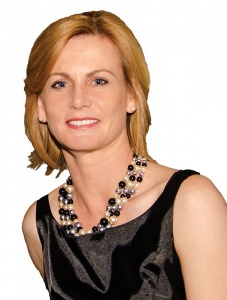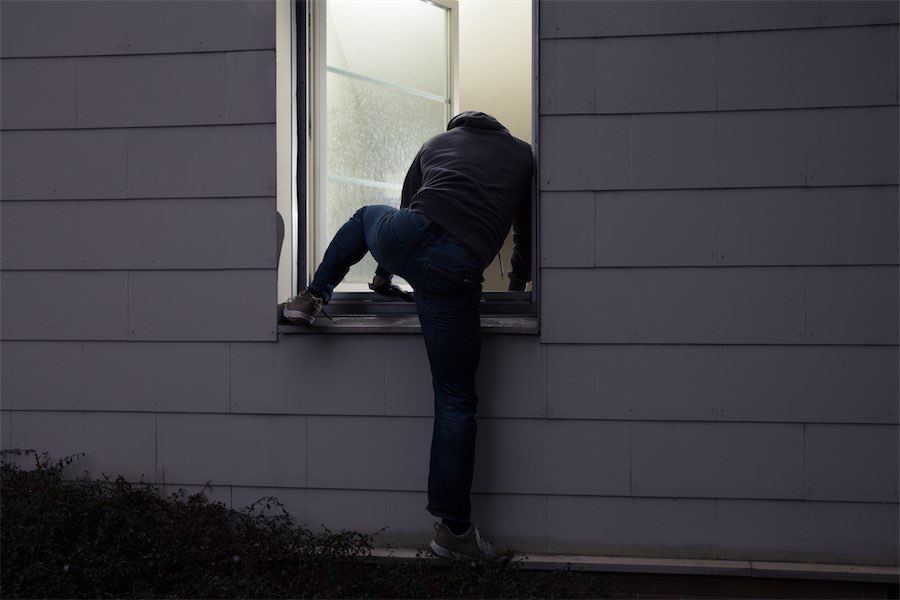“Ye are brothers! Ye are men!”
These words adorn the Roll of Honour at the historic Queanbeyan Public School (QPS), commemorating 126 former students that served in the “Great War”, 28 of whom fell.

Despite early recruits being required to be at least 21, they could sign up from the age of 18 with parental consent. And with or without it, thousands would. Plenty much younger, also.
In reality, many were barely men; often, little more than boys from country towns such as Queanbeyan, any number of whom had probably never ventured much further than from where they’d grown up.
Brothers though, they certainly were – not only in arms, but with distressingly high frequency, in actuality. And as Anzac Day approaches, the impact of this at a more intimate level deserves reflection.
This year is the centenary of the signing of World War I’s Treaty of Versailles, officially heralding peace (not just ceasefire) – most memorials bear the inscription 1914-1919 – and when those who remained came home. It’s also a poignant time to think on those who didn’t.
Almost 420,000 Australians enlisted from a national total of just shy of five million, constituting some 40 per cent of the eligible male population. Of course, all were volunteers – a goodly proportion willing; others, dutiful. Nearly exactly half that number are thought to have been killed or maimed, physically and otherwise (according to David Noonan of the University of Melbourne, figures are vastly understated when it comes to injury and illness). Barely an individual throughout the nation wouldn’t have been personally affected to some degree. However, there were those for whom the price was so high as to be difficult to comprehend how it could be borne.
Obviously, in those small towns and villages where everyone knew everyone, signing up with cousins, nephews, uncles – even your father – was far from unusual.
With residents numbering only around 2500 in the Queanbeyan and (by then) the Canberra region, potentially up to 120 families sent more than one of their own to fight halfway around the world for a cause they were not always entirely sure of. In some cases, it was all of the males under one roof. A wider known example of such familial tales include descendants of grazier John Single, of Castlereagh, in NSW. Thirty-three went to war. Nine were killed, three of them on the same day.

The Southwells, one of Queanbeyan’s earliest pioneering names, had as many as 10 go to war (four lots of which were brothers). One was killed: Malcolm, near Gueudecourt, France, in 1916; hit in the head by a fragment of shell as he went to fill his water bottle.
Potentially up to 30 sets of siblings from this locality signed up – and not all brothers.
Of those QPS recruits, there were 13 pairs of brothers and five families – the Hincksmans, Richardsons, Robertsons, Bingleys, and the Feagans – sent three sons each.
One of Queanbeyan’s first to fall was the younger of the two Bale brothers. Harry was mortally wounded at Anzac Cove, Gallipoli, on August 27, 1915 – the same day Alexander Feagan was killed. Alex’s older brother, William, would also die, on September 27, 1917.
Records suggest more than 2800 sets of siblings were lost to the greater war effort.

Along with the Feagans, two boys each of the Beattys, the Mayos, the Richardsons and the Fords would be lost to the war. George Ford would pass away from bronchopneumonia on Boxing Day, 1915, before even setting sail for battle.
Out at Bungendore, there’s a Champion Lane, named for three brothers, sons of the reverend Champion. Two were killed in action on the Western Front, their graves originally recorded as unknown.
In 2003, a French farmer unearthed the remains of four soldiers, left where they’d fallen. One of them was revealed to be Lieut Christopher Henry Duncan Champion, who died on April 14, 1918, at the age of 25. All four were buried with full military honours.

And then there were three Gallaghers, also of Bungendore: sisters Flora and Evelyn who signed up for the nursing corps with their cousin, Janet.
In Queanbeyan, the Dawsons sent seven sons to war. While, statistically, approximately one in five Australians died during this time, incredibly, each of them came back.
Fronting QPS, a corresponding number of trees were first planted in 1936 for those one-time students lost. Known as the “Avenue of Memory”, it’s a living memorial that continues to honour those who didn’t grow old or weary, as much as those who did.
From a personal point of view, as a mother with sons of an age that meant they could have marched off just over 100 years ago, to imagine those women waving their men goodbye – pride inevitably conflicting with dread – brings into stark relief the true sacrifice of not only those who served and others who laid down their lives, but entire communities, too, during and long after.
Lest we forget.
Who can be trusted?
In a world of spin and confusion, there’s never been a more important time to support independent journalism in Canberra.
If you trust our work online and want to enforce the power of independent voices, I invite you to make a small contribution.
Every dollar of support is invested back into our journalism to help keep citynews.com.au strong and free.
Thank you,
Ian Meikle, editor




Leave a Reply